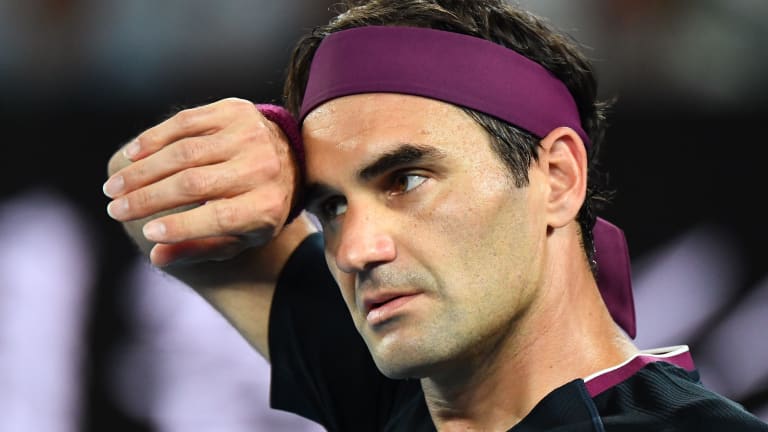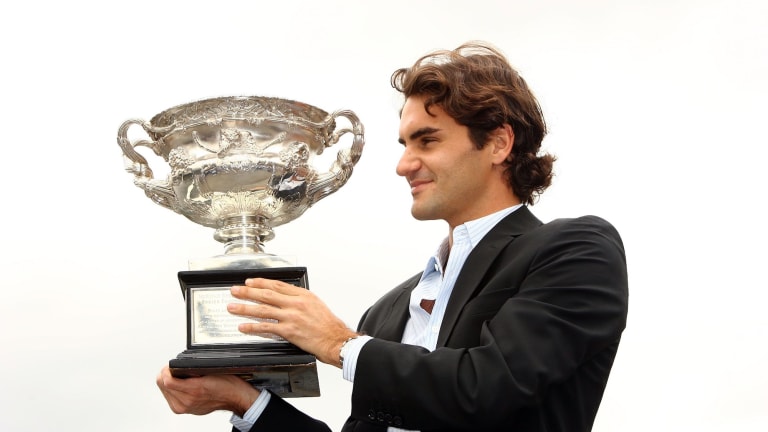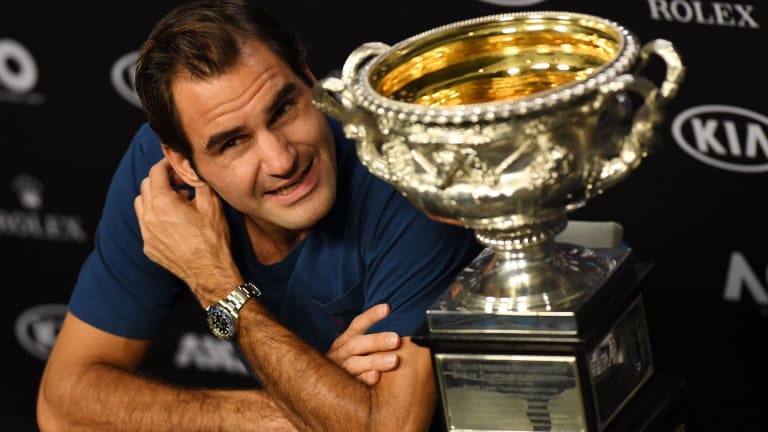Roger Federer’s longstanding Aussie affinity tells a storied tale
By Dec 29, 2020The Business of Tennis
Carlos Alcaraz, Jannik Sinner take their rivalry—and star power—on the road for 2026 “Super Match”
By Oct 24, 2025ATP Shanghai, China
Roger Federer thrills tennis world with Shanghai Masters Celebrity doubles return
By Oct 10, 2025Opinion
Roger Federer kicks off court speed debate: are fast courts going extinct?
By Oct 09, 2025International Tennis Hall Of Fame
Roger Federer, Juan Martin del Potro lead 2026 nominees for the International Tennis Hall of Fame
By Oct 01, 2025Social
“With that swing…” Roger Federer teases Rafael Nadal in Ryder Cup video message
By Sep 27, 2025Style Points
Spotted: Carlos Alcaraz checks out Roger Federer’s ultra-rare Rolex at Laver Cup
By Sep 24, 2025Laver Cup
Roger Federer, Steph Curry take part in Laver Cup coin toss
By Sep 21, 2025Laver Cup
Where does the Laver Cup go next, according to Roger Federer?
By Sep 21, 2025Laver Cup
“People want to see Roger Federer play again”: Team8 CEO Tony Godsick teases Rafael Nadal exhibition tour at Laver Cup
By Sep 20, 2025Roger Federer’s longstanding Aussie affinity tells a storied tale
Melbourne is arguably the 39-year-old's wellspring: the people, places and moments that greatly shaped the king.
Published Dec 29, 2020
Advertising

Roger Federer’s longstanding Aussie affinity tells a storied tale
© AFP via Getty Images
Advertising

Roger Federer’s longstanding Aussie affinity tells a storied tale
© 2006 Getty Images
Advertising

Roger Federer’s longstanding Aussie affinity tells a storied tale
© AFP via Getty Images